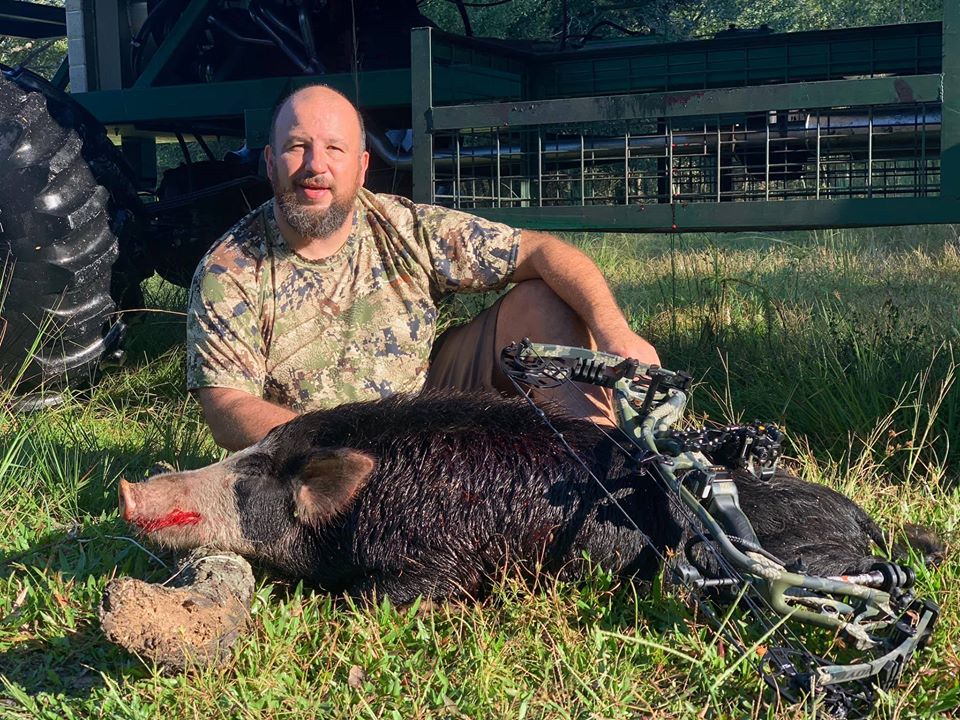Bowhunting is an ancient practice that has evolved into a deeply rewarding sport for modern hunters. Unlike firearm hunting, bowhunting demands an unmatched level of skill, patience, and connection with nature. A bowhunter must get closer to their prey, understand animal behavior, and master the art of stealth and precision.
This guide explores the world of bowhunters—their gear, techniques, challenges, and the unique thrill that comes with taking game the traditional way.
Why Bowhunting? The Ultimate Hunting Challenge
Bowhunting isn’t just about taking down an animal—it’s about the journey. Unlike rifle hunting, where a well-placed shot can be made from several hundred yards away, bowhunters often work within 20-40 yards of their target. This means:
✅ You need to read the wind, track movement, and control your scent to avoid detection.
✅ You must have absolute precision—a poorly placed arrow can wound rather than kill.
✅ The challenge makes the reward even greater—taking down a deer, elk, or turkey with a bow is an accomplishment that few hunters achieve consistently.
The level of preparation required turns bowhunting into a test of patience, discipline, and mastery—a craft that separates skilled hunters from casual ones.
The Essential Gear of a Bowhunter
Success in bowhunting comes down to having the right gear. Here’s what every serious bowhunter needs:
1. Choosing the Right Bow
There are three main types of bows used in hunting:
✅ Compound Bows – The most popular among modern bowhunters, featuring cams and pulleys that make drawing and holding easier while providing maximum accuracy and speed.
✅ Recurve Bows – A more traditional choice, requiring greater strength and skill but offering a more primitive, rewarding experience.
✅ Longbows – The most traditional of all, offering no mechanical advantages but a true test of raw skill.
For hunting, most bowhunters opt for compound bows due to their accuracy, adjustable draw weights, and ability to generate enough kinetic energy to take down big game.
2. Arrows & Broadheads
The right arrow and broadhead combination ensures a clean, ethical kill:
✅ Arrows: Carbon arrows are the most commonly used due to their durability and straightness, ensuring accurate shots.
✅ Broadheads: There are two main types:
- Fixed-blade broadheads – More durable and reliable, perfect for deep penetration.
- Mechanical broadheads – Expand on impact, creating massive wound channels for quicker kills.
A heavy, well-balanced arrow with a sharp broadhead is key to ensuring a humane kill.
3. Sight and Release Aids
Most bowhunters use:
✅ Peep sights and single-pin or multi-pin sights for aiming assistance.
✅ Wrist-strap releases to ensure a smooth, consistent arrow release for better accuracy.
4. Camo and Scent Control
Bowhunters must get closer to their prey than rifle hunters, making camouflage and scent control crucial.
✅ Camouflage suits help hunters blend into their surroundings.
✅ Scent eliminators remove human odor to avoid spooking game animals.
✅ Face masks and gloves prevent exposed skin from alerting animals.
Mastering Bowhunting Techniques
1. Spot and Stalk vs. Stand Hunting
There are two primary ways bowhunters pursue game:
✅ Spot and Stalk – Used in open landscapes like the Western U.S., bowhunters locate animals from a distance, then move in carefully to get within range.
✅ Stand Hunting – Sitting in a tree stand or ground blind in a high-traffic area, waiting for game to come within range. This method is most popular for whitetail deer and turkey hunting.
Both strategies require patience and a deep understanding of animal behavior to succeed.
2. Shot Placement for Ethical Kills
A bowhunter must know exactly where to aim to ensure a quick, ethical kill. The best shot placements include:
✅ Heart/Lung Shot – Located just behind the front shoulder, this shot provides the quickest and most humane kill.
✅ Neck Shot (for turkeys) – A well-placed shot to the base of the neck drops a turkey instantly.
✅ Quartering-Away Shot – Hitting behind the last rib and angling forward into the vitals ensures deep penetration and a clean kill.
A poorly placed shot can result in a wounded animal that runs off, making recovery difficult. Accuracy is everything in bowhunting.
The Mental and Physical Preparation of a Bowhunter
1. The Mental Game
Bowhunting isn’t just about skill—it’s about mental toughness. Sitting still in a stand for hours, waiting for the perfect opportunity, takes incredible patience. Even when a target is in range, controlling adrenaline and nerves is critical to making a good shot.
2. Physical Fitness for Bowhunting
Drawing and holding a bow at full draw requires upper body strength and endurance. Many bowhunters train with:
✅ Resistance bands to strengthen draw muscles.
✅ Core workouts to improve stability and shooting consistency.
✅ Cardio training to enhance endurance for long hunts.
A well-conditioned bowhunter is a more accurate, effective, and successful hunter.
The Reward of Bowhunting
There’s nothing quite like the rush of drawing back a bow, steadying your aim, and watching an arrow fly true. Unlike rifle hunting, bowhunting forces hunters to truly understand their prey, move silently through the woods, and rely on skill rather than technology.
Bowhunters take pride in their discipline, knowing that every hunt is a battle of patience and precision. The reward isn’t just in the harvest—it’s in the challenge itself.
For those looking to elevate their hunting experience, picking up a bow and stepping into the wild is the ultimate test of skill, endurance, and passion.
Final Thoughts
Bowhunting is more than a sport—it’s a way of life. Whether you’re stalking elk in the Rockies, setting up for whitetail deer in the Midwest, or calling in a gobbler in the South, the thrill of hunting with a bow is second to none. It’s a journey that demands dedication, but for those who embrace it, the reward is immeasurable.
So, grab your bow, hone your skills, and step into the woods—the world of bowhunting awaits. 🏹🌲
4o


